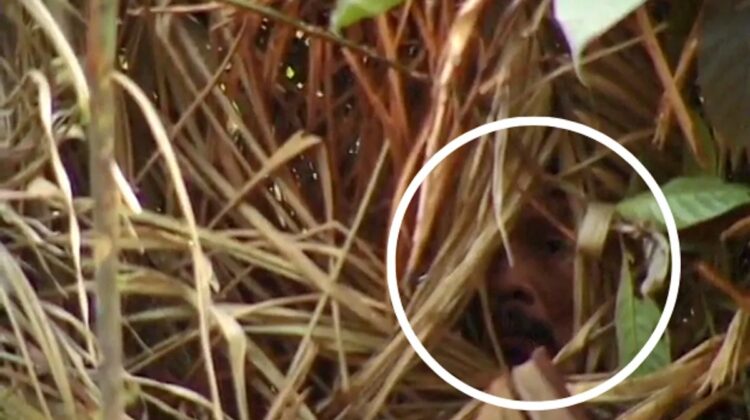
The Man of the Hole resisted all attempts at contact after his tribe was wiped out in a series of attacks dating back 50 years.
The death of the so-called “Man of the Hole,” assumed to be the last inhabitant of the Tanaru Indigenous Territory in Brazil, completes a long genocide. The man, whose exact name will never be revealed, was the sole survivor of a series of killings aimed at destroying his people so that their land might be exploited.
The Man of the Hole belonged to a tribe that resided deep in the Amazon Rainforest in Rondonia State. They resisted all attempts by foreign societies to reach them. Loggers and cattle ranchers have long desired these people’s land, and a series of atrocities has removed one significant impediment. However, no one has ever been found guilty.
The area was observed by the Brazilian government’s Indigenous agency FUNAI. Since a massacre in the mid-1990s, just one survivor has been discovered, who excavated deep trenches, sometimes to hide and shelter in, and sometimes to include sharpened stakes. Unsurprisingly, his atrocities against his fellow citizens did not motivate him to respond to attempts to contact him.
Nonetheless, FUNAI left tools and traditional seeds accessible to him. Altair Algayer of FUNAI kept the world informed of the man’s survival and was able to have the land legally reserved for him expanded.
However, his death has since been recorded by the Observatory for the Human Rights of Isolated and Recently Contacted Indigenous Peoples (OPI).
The massacres that wiped off the Man’s relatives began in the 1970s under military dictatorship in Brazil and continued until the 1990s under several democratically elected governments. It is said that illegal ranchers left sugar laced with rat poison as a “gift” at some time, killing everybody but the Man.
Democratically elected governments made some attempts to prevent such atrocities from occurring again, which Brazilian President Jair Bolsonaro has reversed while campaigning to eliminate indigenous land protection.
“He represented both the heinous violence and cruelty imposed on Indigenous peoples around the world in the name of colonisation and profit, as well as their resistance.” “We can only imagine the horrors he had witnessed in his life, and the loneliness of his existence after the rest of his tribe had been killed, but he stubbornly resisted all attempts at contact, and made clear he just wanted to be left alone,” Fiona Watson, of campaign group Survival International, said in a statement.
Watson went to Tanaru with the FUNAI monitoring team in 2004 and wrote at the time, “His presence is ubiquitous in the forest.”
FUNAI officers who had been keeping an eye on him from afar discovered his dead on a hammock. He had wrapped brilliantly coloured feathers around his body, possibly to indicate that he was preparing for death. His age was thought to be around 60.
Although it is too late for the Man of the Hole and his people, what happens next could have a significant impact on other First Nations populations, notably in Brazil. The proprietors of the cattle ranches that surround the Territory, including those responsible for the Man’s people’s deaths, will almost certainly argue that his death opens up his property for commercial exploitation. This, however, would send a devastating message to other commercial groups about the implications of more massacres.
“If President Bolsonaro and his agricultural supporters get their way, this story will be repeated until all of the country’s Indigenous peoples are wiped off,” Watson predicted. A campaign is currently ongoing to remove protection from Ituna Itatá, a larger indigenous area. “The Indigenous movement in Brazil, as well as Survival, will do all necessary to prevent that,” Watson stated.
According to FUNAI, there are 113 uncontacted tribes in the Brazilian Amazon alone, as well as many more that have maintained their habits despite contact.

Leave a Reply